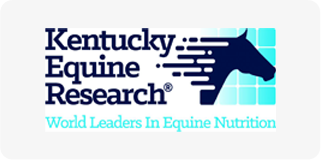Mitigating Equine Fatigue: A Practical Guide with FLAIR® Strips
Jul 11th 2024
Fatigue in Equine Athletes
In the competitive world of equestrian sports, fatigue in horses often goes unnoticed until it impacts their performance. Understanding and addressing this silent challenge is crucial for the health and success of equine athletes. Just as fine-tuning a high-performance engine ensures optimal functionality, managing fatigue ensures that horses can compete at their peak,
…
10 Equine Respiratory System Facts
May 20th 2024
1. Horses are obligate nasal breathers, which means a horse only breathes through his nose during exercise.
During exercise, it becomes twice as difficult for horses to move air into the lungs due to increased resistance.
50% of the total resistance in the upper airway originating in the nasal passages.
When horses inhale during exercise, about 90% of the resistance to air movement is in the uppe
…
Under Pressure: Managing EIPH in Competitive Equine Sports
Mar 31st 2024
The quest for optimal performance is paramount in the competitive arena of equine sports. A significant challenge in this pursuit is Exercise-Induced Pulmonary Hemorrhage (EIPH), a condition that, although not a disease, significantly impacts the health and performance of horses in high-stakes disciplines such as Barrel racing, Horse racing, Show Jumping, and Eventing.
Understanding EIPH Across D
…
Hear us on The Rider’s Edge Podcast
Aug 25th 2023
Dr. Jim Chiapetta and Hanna Hartman from Achieve Equine, LLC,
manufacturer of FLAIR® Equine Nasal Strips, were recently featured on Farley
Schweighart’s The Rider’s Edge Podcast. Titled “10 Things to Know about the
Horse’s Respiratory System”, the podcast covered everything from anatomy and
mechanics to Exercise Induced Pulmonary Hemorrhage (EIPH). The team at Achieve
Equine is passionat
…





